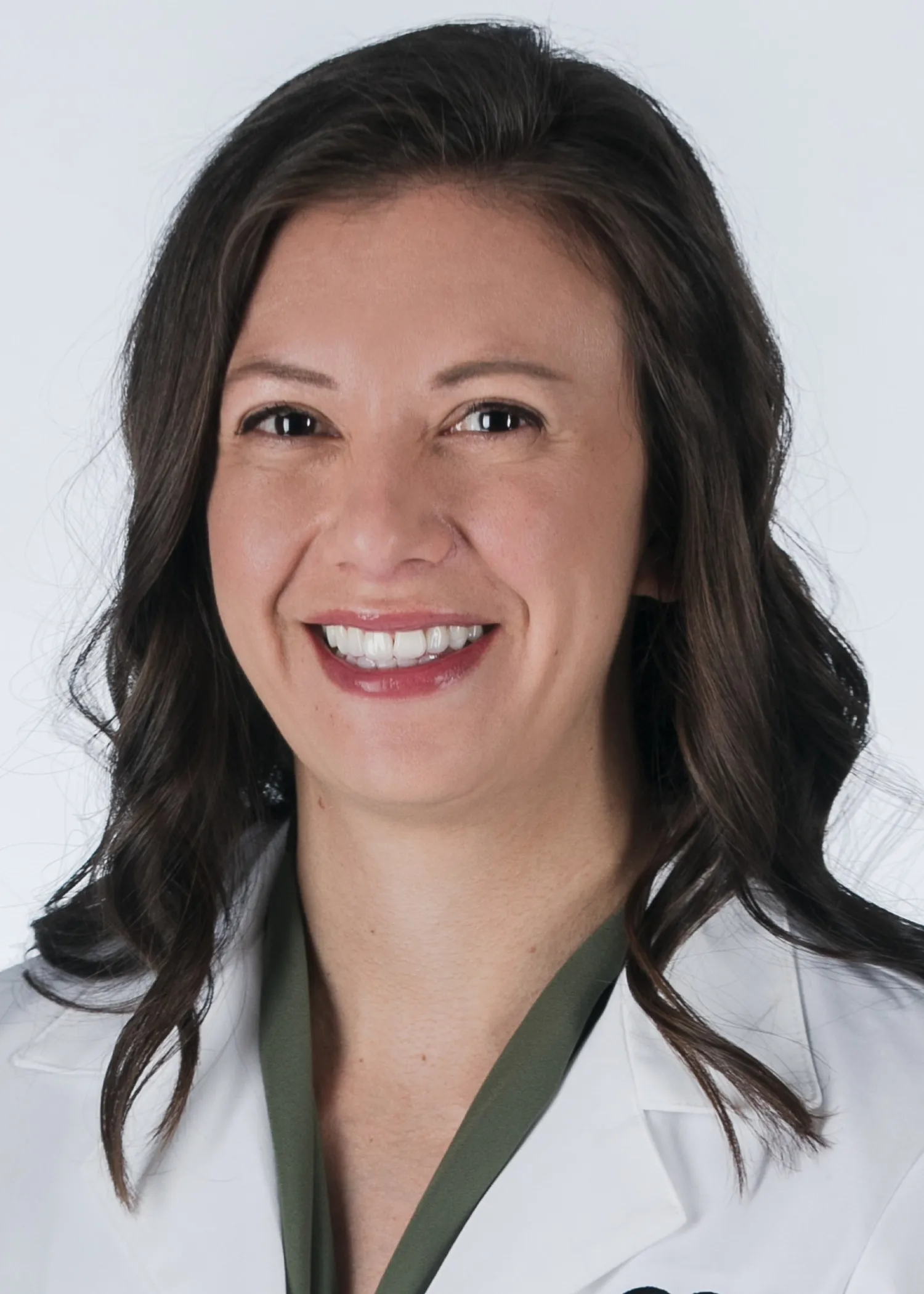




Family Health
How to Create a Safe Sleep Environment for Baby
Published: Oct. 10, 2021
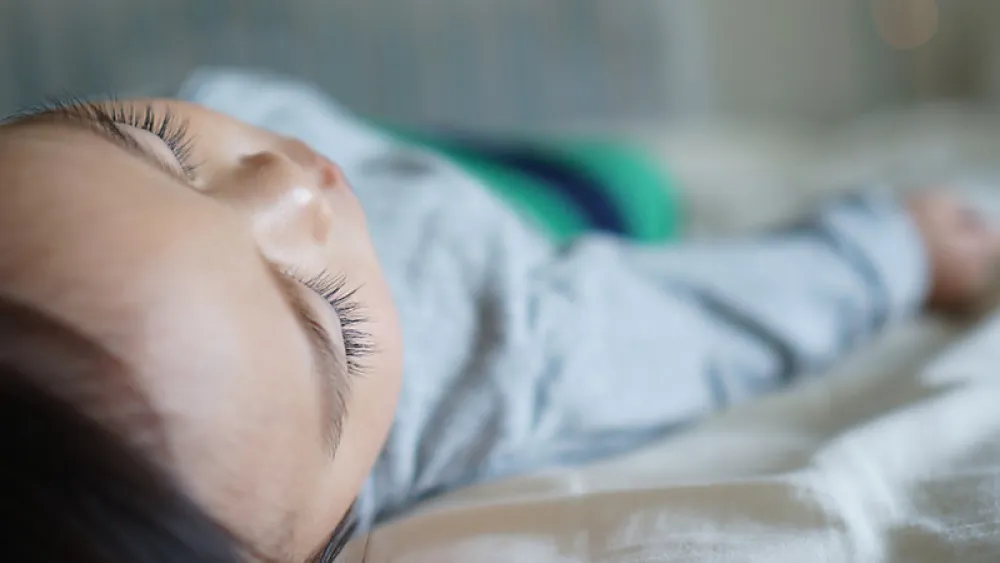
First-time parent nerves are common, especially in regard to safe sleep. But the following information is aimed at empowering you – and your family and friends – to create the safest sleep environment possible.
Sudden Infant Death Syndrome (SIDS)
Sudden infant death syndrome (SIDS) is the unexplained death – usually during sleep – of a child younger than 1. In the U.S., SIDS is the third-leading cause of infant mortality, and most cases occur in babies younger than 6 months.
While the SIDS rate has dropped significantly since the 1980s, there are still more than 3,500 unexplained deaths of sleeping and seemingly healthy babies each year.
Safe Sleep Tips
In an effort see a further decline in SIDS cases and all sleep-related infant deaths, the American Academy of Pediatrics (AAP) has a list of safe sleep recommendations.
It may be helpful to print out the following tips, keeping them visible where baby sleeps:
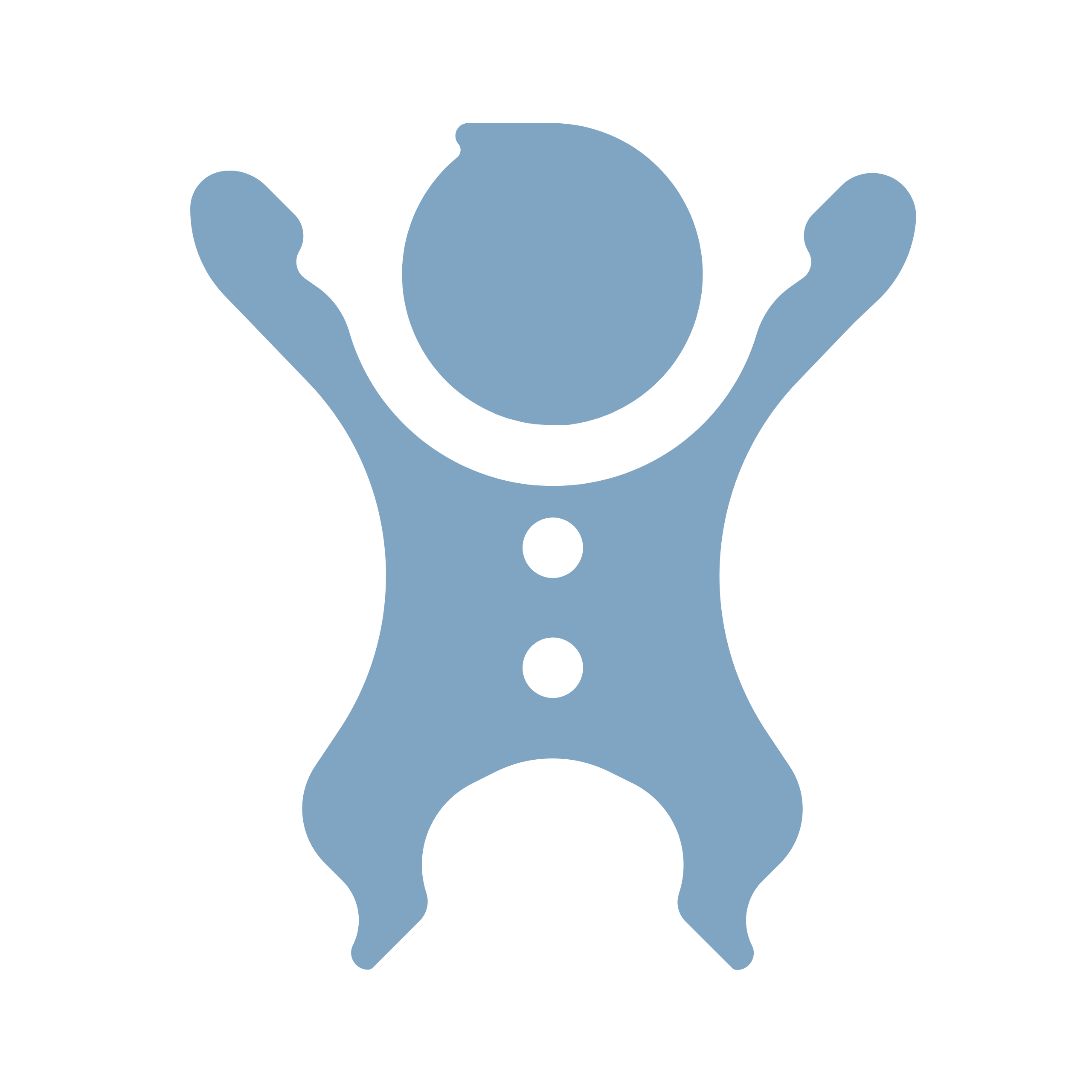 Baby on back
Baby on back
Side or stomach sleeping is not considered safe and can increase baby’s risk of suffocation.
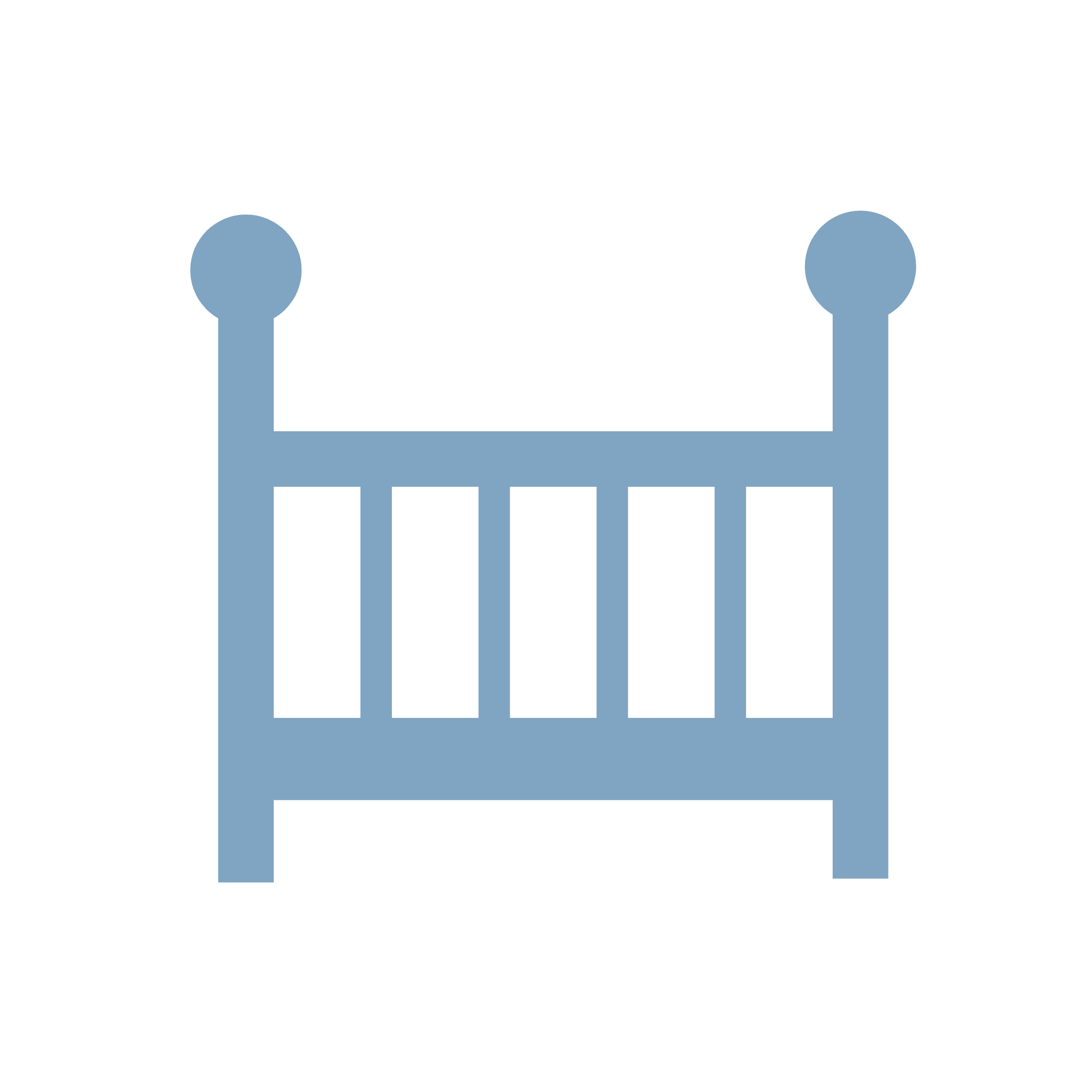 Think firm, not fluffy
Think firm, not fluffy
Use a firm mattress inside a crib that meets safety standards. A fitted sheet is fine, but no loose bedding or “blankies.” Keep soft animals, toys and other soft objects – including bumper pads – out of the crib.
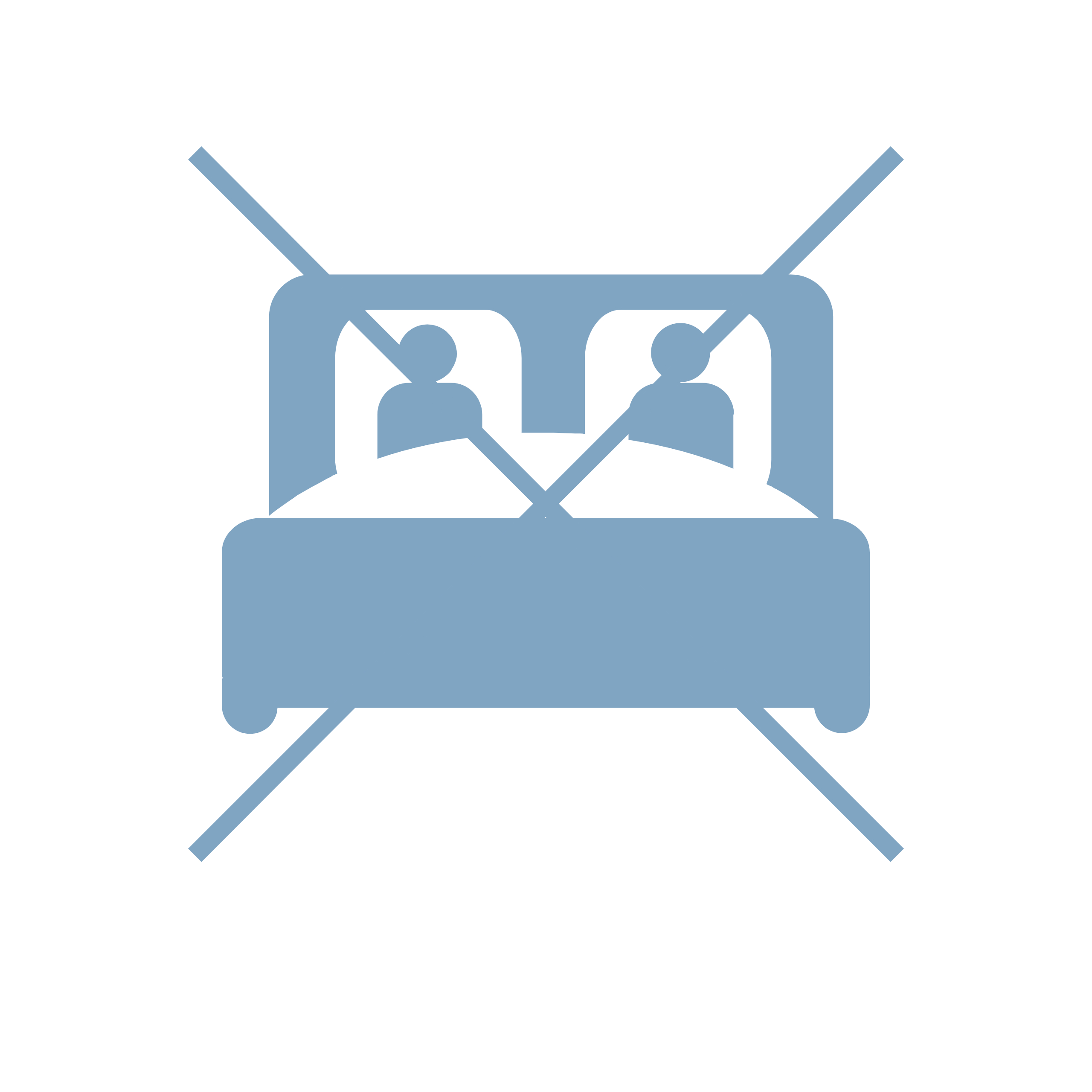 Share your bedroom, not your bed
Share your bedroom, not your bed
There is no evidence to show that bed-sharing or co-sleeping – even when using a special in-bed sleeper – is safe. Plan to have baby sleep in your bedroom for the first six months of life.
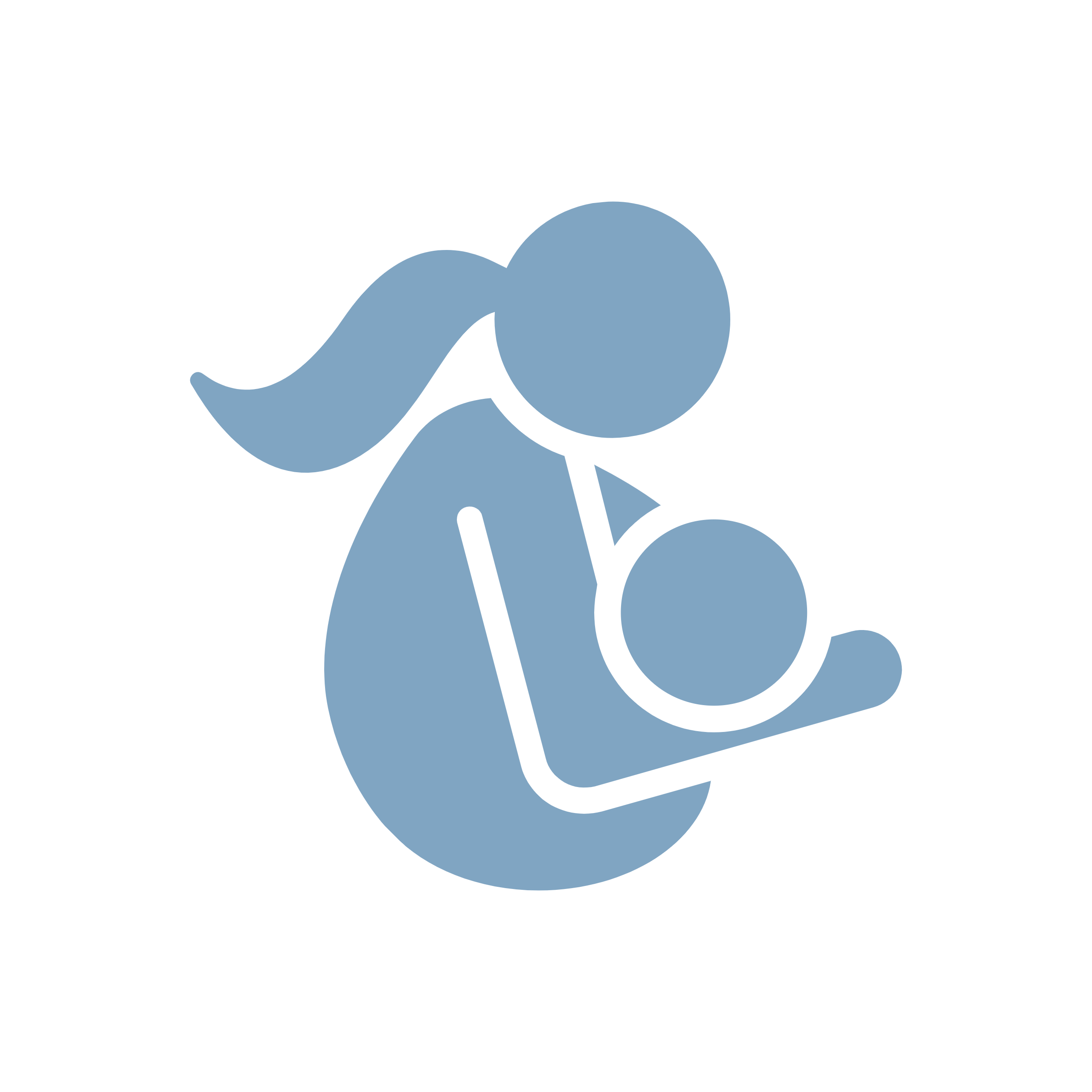 Bottle or breast, mom’s milk is generally best
Bottle or breast, mom’s milk is generally best
Encourage breastfeeding unless advised otherwise by your health care provider. Supplementing with formula? New studies show that even a small amount of breastmilk daily can offer protection against SIDS.
 Behold the binky
Behold the binky
Offer a pacifier during every sleep. Studies suggest it helps prevent SIDS, even if it eventually falls out.
 Kick the habit
Kick the habit
Avoid smoke exposure, alcohol and illicit drugs during and after pregnancy.
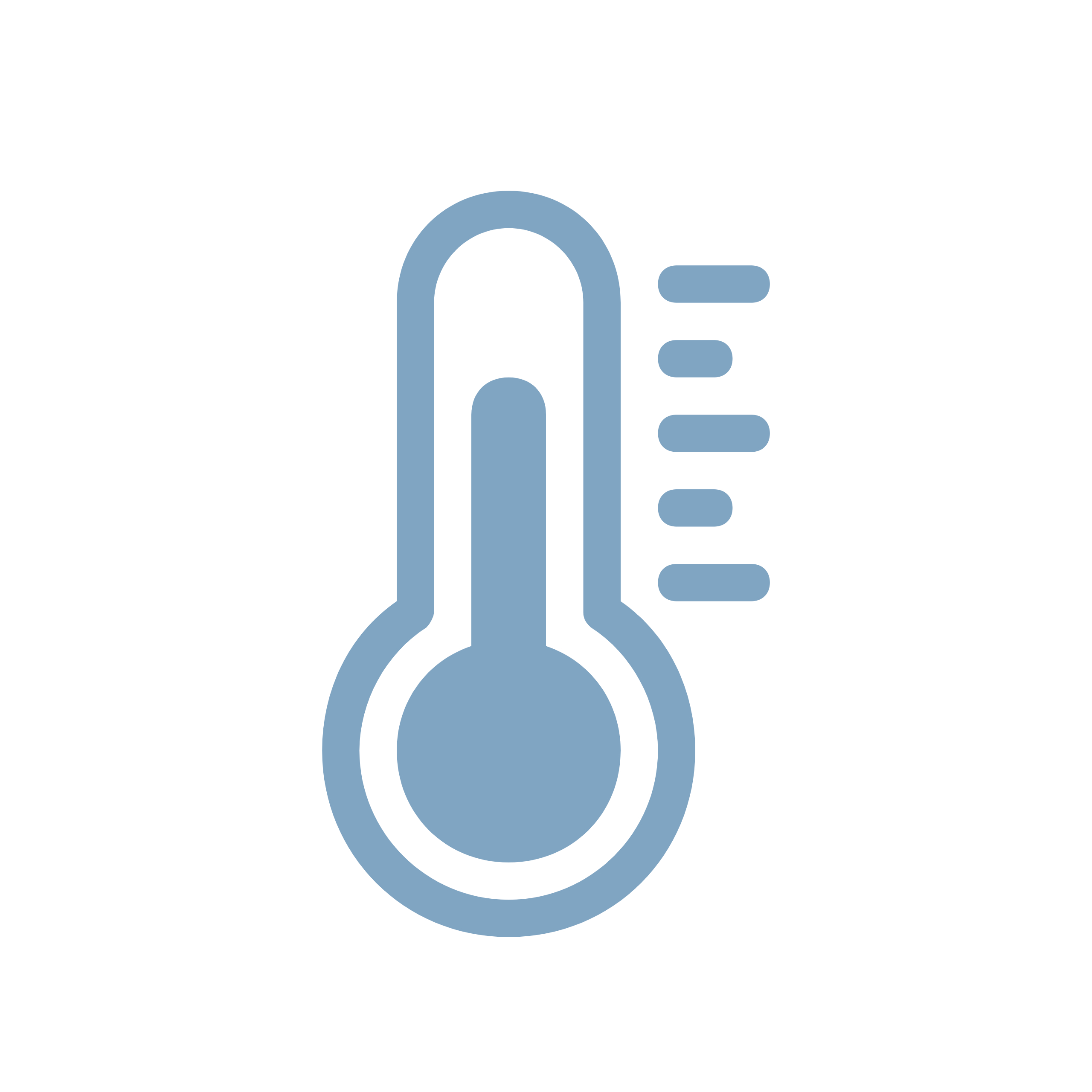 Not too hot
Not too hot
Avoid hats during every sleep. Keep baby’s room between 68 and 72 degrees. Remember: Most babies need only one additional layer than you to be comfortable in the same environment.
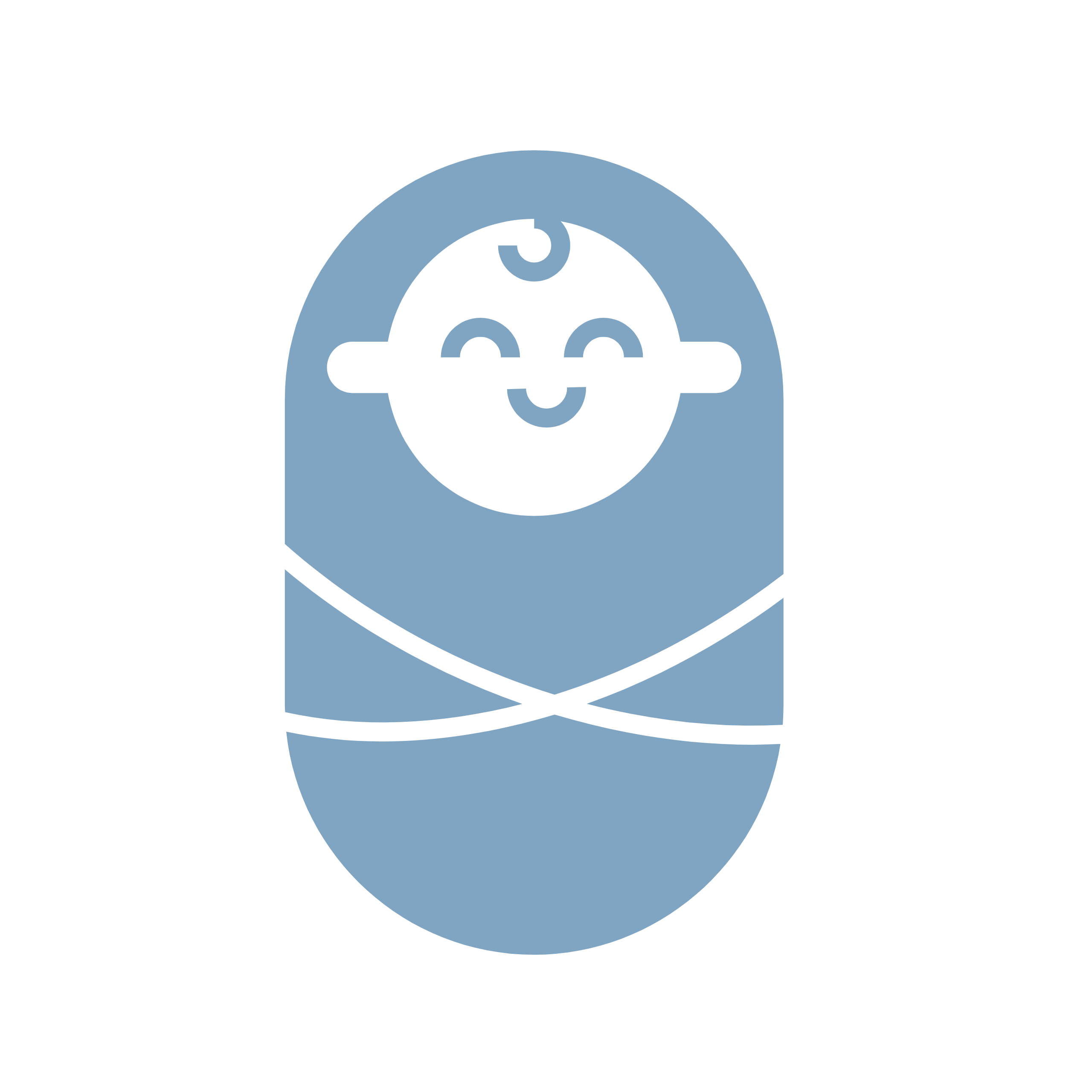 Swaddle safely
Swaddle safely
If swaddling, place baby on their back. Discontinue swaddling when baby tries to roll. Swaddle snuggly – not tightly – around their chest. Allow wiggle room around their hips.
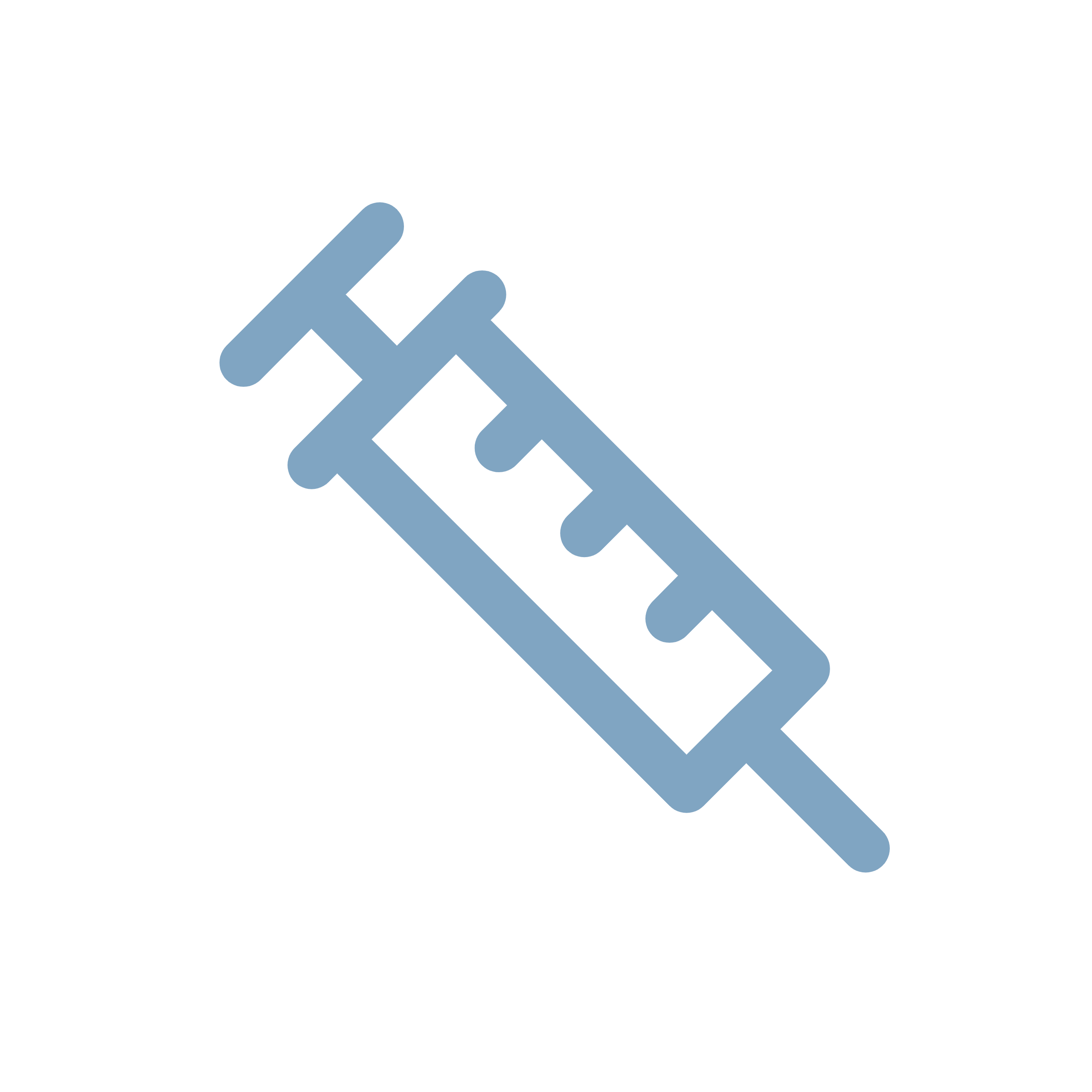 Stay up to date. Vaccinate
Stay up to date. Vaccinate
The Centers for Disease Control and Prevention (CDC) recommends various vaccines by age. Immunizations that are in accordance with the AAP and CDC may help prevent SIDS.
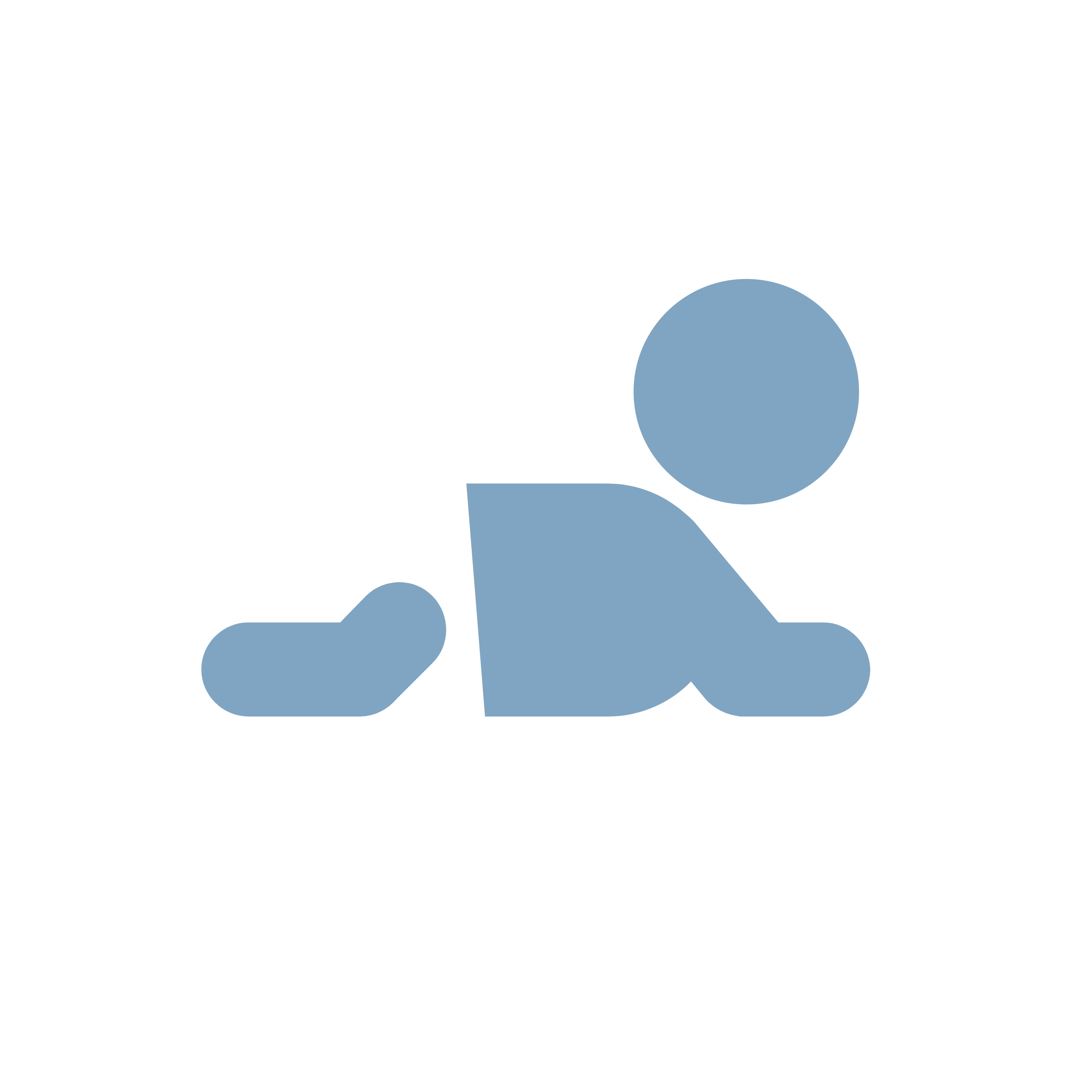 Make time for tummy time
Make time for tummy time
Supervised tummy time when baby is awake helps develop strength and motor skills. It also helps prevent skull deformities.
Risk Factors
While sleep-related deaths can happen to all babies, some are more at-risk than others. Inherent risk factors include:
- Male sex
- Prematurity and low birth weight
- Young maternal age (mother is younger than 20)
- Black or Native American ethnicity
A Proactive Approach
Following the AAP’s safe-sleep recommendations and establishing rules with all of baby’s caregivers can help provide some peace of mind during baby’s first few weeks and months.
Don’t be fooled by products and devices that claim to protect baby while sleeping. None have been proven to do so. Instead, make well-baby visits a priority and trust your intuition. A little awareness and proactivity go a long way in ensuring the safest sleep and sweetest dreams possible.
More Resources
- Register for Methodist Health System classes, such as Breastfeeding Basics, From Belly Bump to Bassinet, Baby and Me and Friends and Family CPR
- Learn how to find the right pediatrician for baby
- Read the AAP’s latest safe-sleep recommendations
- Make baby’s room a safe room

